You arrive at the edge of the Old Port, where the sea gleams beneath the Mediterranean sun and fishing boats drift lazily beside luxury yachts. The salty breeze carries the scent of sea spray and freshly baked baguettes, while laughter echoes from nearby cafés. In that moment, you realize Marseille isn’t just a city — it’s an emotion.
This Marseille travel guide will take you through every hidden corner and sunlit promenade of France’s oldest port city. You’ll uncover centuries of history, sample authentic Provençal dishes, and explore turquoise coves that look straight out of a postcard. Whether you’re here for culture, coastline, or cuisine, Marseille has something designed for you.
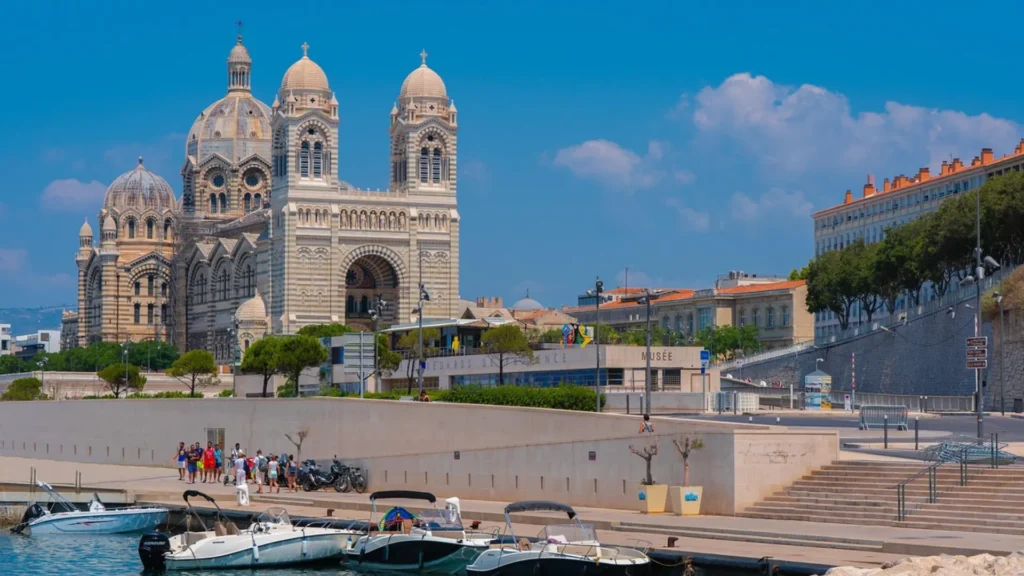
Table of Contents
Why Visit Marseille?
Marseille isn’t like Paris or Lyon. It’s raw, soulful, and brimming with contrasts — where the Mediterranean’s rhythm flows through every street and mural.
A City of Culture and Contrast
As France’s oldest city, Marseille was founded around 600 BC by Greek settlers. That ancient influence lingers in its architecture, cuisine, and easygoing spirit. You’ll feel it while wandering through Le Panier, the city’s oldest district — a maze of narrow alleys and pastel façades — or standing before Notre-Dame de la Garde, the basilica that watches protectively over the harbor.
But Marseille isn’t frozen in the past. In 2013, it earned the title of European Capital of Culture, igniting a wave of creativity that transformed old docks into modern museums and street art into global conversation pieces.
Mediterranean Sunshine All Year Round
With over 300 sunny days per year, you can count on good weather whenever you visit. Spring and early autumn bring mild temperatures perfect for walking tours and open-air dining, while summer turns the coast into a vibrant hub of festivals and beach life.
By the Numbers
- Over 5 million visitors each year
- One of France’s top five most visited cities
- Average temperature: 25°C (summer), 13°C (winter)
Getting to Marseille
Whether you’re arriving from another part of France or from abroad, getting to Marseille is easy and efficient.
By Air
Marseille Provence Airport (MRS) sits about 27 km from the city center and connects directly with major European hubs like Paris, London, Madrid, and Rome. Once you land, you can reach the city via:
- Airport shuttle bus: 30-minute ride to Saint-Charles station
- Taxi or rideshare: Around €50–60
- Rental car: Perfect if you plan to explore Provence
By Train
The TGV high-speed train from Paris to Marseille takes just over three hours. You’ll arrive at Gare Saint-Charles, perched above the city with panoramic views — an ideal first impression. Trains also run directly from Nice, Lyon, and Avignon, making Marseille a key transport hub.
By Road or Sea
If you prefer the scenic route, drive the Autoroute du Soleil (A7) or A55, both offering dramatic coastal vistas. Ferries connect Marseille with Corsica, Sardinia, and North Africa, so you can easily combine your trip with a Mediterranean island escape.
Where to Stay in Marseille
The best neighborhood for you depends on what kind of experience you’re after — whether you crave nightlife, beach proximity, or cultural immersion.
Top Areas to Stay
| Neighborhood | Ideal For | Highlights | Average Price/Night (€) |
|---|---|---|---|
| Vieux-Port | First-time visitors | Harbor views, restaurants, central access | 120–180 |
| Le Panier | Culture lovers | Artistic streets, history, authenticity | 90–150 |
| Prado | Beachgoers | Close to Plage du Prado | 100–160 |
| Cours Julien | Young travelers | Trendy cafés, nightlife, murals | 80–130 |
Types of Accommodation
- Luxury hotels: Overlooking the Old Port or Calanques
- Boutique stays: Intimate guesthouses in Le Panier
- Hostels & Airbnbs: Affordable options with local flair
Tip: For a romantic experience, book a sea-view room near Corniche Kennedy, where the sunset turns the horizon golden.
Top Things to Do in Marseille
Every corner of Marseille invites exploration. From sacred landmarks to contemporary art spaces, your itinerary will fill quickly.
Must-Visit Landmarks
- Basilique Notre-Dame de la Garde – Perched atop the city, this iconic basilica offers breathtaking panoramic views. Locals call her La Bonne Mère (The Good Mother) for a reason — she protects all who sail the Mediterranean.
- Vieux-Port (Old Port) – The city’s historic heart. Morning fish markets, evening strolls, and sunset drinks by the water — this is where Marseille’s pulse beats loudest.
- MuCEM (Museum of European and Mediterranean Civilizations) – A striking modern museum that bridges Marseille’s maritime past with its dynamic present.
- Fort Saint-Jean – Wander the ramparts of this 17th-century fortress for unbeatable harbor views.
Cultural Highlights
- Browse street art in Cours Julien and Le Panier
- Attend an opera or symphony at the Opéra de Marseille
- Visit La Vieille Charité, a masterpiece of baroque architecture
Exploring Marseille’s Neighborhoods
Each district in Marseille tells its own story.
Le Panier – The Historic Soul
This labyrinth of colorful buildings and cobbled lanes was once a Greek settlement. Today, it’s a bohemian enclave of artists and cafés. You’ll find hidden squares draped in ivy, small galleries, and sun-drenched terraces perfect for people-watching.
Cours Julien – Creative and Cool
Cours Julien bursts with street art, indie shops, and music bars. You can spend an afternoon sipping coffee while local bands perform, or exploring the murals that make this neighborhood a living art gallery.
La Corniche – The Seaside Escape
This scenic coastal road hugs the Mediterranean, offering endless sea views. Stop by Vallon des Auffes, a tiny fishing port nestled under a stone bridge, where colorful boats rest against turquoise waters.
Marseille Food & Dining Guide
Food in Marseille reflects its coastal roots and diverse culture. Expect bold flavors, fresh seafood, and Provençal herbs that awaken your palate.
Signature Dishes
| Dish | Description | Must-Try Place |
|---|---|---|
| Bouillabaisse | A rich, aromatic fish stew native to Marseille | Chez Fonfon |
| Panisse | Fried chickpea fritters, crisp on the outside | Le Panier district |
| Navettes | Boat-shaped biscuits scented with orange blossom | Four des Navettes |
| Aioli | Garlic mayonnaise served with vegetables or fish | Local bistros |
| Tapenade | Olive paste spread, ideal with bread and rosé | Any Provençal eatery |
Dining Tips
- Timing: Lunch runs from 12:00–2:00 PM, dinner after 7:00 PM
- Etiquette: Service is included, but rounding up your bill is appreciated
- Drink: Pair your meal with rosé from Provence or pastis, a local anise-flavored spirit
Best Beaches in Marseille
Marseille’s coastline blends rugged coves and lively sands — ideal for both sunbathing and adventure.
Top Beaches
- Plage du Prado – A long stretch of soft sand perfect for families and picnics.
- Plage des Catalans – Closest to downtown; great for a quick dip.
- Calanque d’En-Vau – A turquoise paradise hidden among limestone cliffs; reachable by hike or kayak.
- Plage de la Pointe Rouge – Popular for paddleboarding and sailing.
- Calanque de Sormiou – Dreamlike waters and hiking trails.
Tip: Bring reef shoes if exploring rocky calanques, and carry water — the Mediterranean sun can be intense.
Day Trips from Marseille
Once you’ve soaked up Marseille’s magic, take time to explore its neighbors — each with its own Provençal charm.
Cassis
A postcard-perfect fishing town framed by white cliffs and turquoise bays. Hike or boat through the Calanques National Park for unforgettable views.
Aix-en-Provence
Just 30 minutes away, this elegant city brims with fountains, markets, and Cézanne’s legacy. Perfect for art lovers and café culture fans.
Avignon
Step into medieval France at the Palais des Papes and stroll along the Rhône River.
Camargue
A wild region of pink flamingos, salt flats, and white horses — a photographer’s paradise.
Travel Tips for Visiting Marseille
Best Time to Visit
- April to June: Pleasant temperatures and blooming gardens
- September to October: Warm seas, fewer crowds
- July & August: Hot, busy, and buzzing with festivals
Safety & Local Etiquette
Marseille is generally safe, but as in any big city, keep an eye on your belongings. Avoid isolated areas late at night and stay aware in crowded markets. Locals appreciate a friendly bonjour and a smile before starting any conversation.
Getting Around
- Public transport: Metro, buses, and trams with RTM day passes
- Scooters and bikes: Easy rentals across the city
- Walking: The best way to feel Marseille’s pulse is on foot
Average Prices & Budget Breakdown
| Expense Category | Budget (€) | Mid-Range (€) | Luxury (€) |
|---|---|---|---|
| Accommodation (per night) | 50–90 | 100–180 | 200+ |
| Meals (per day) | 25–40 | 50–90 | 120+ |
| Transportation (daily pass) | 7 | 7 | 7 |
| Attractions & Activities | 10–30 | 40–70 | 100+ |
| Average Daily Total | €90–130 | €150–250 | €300+ |
Money-saving tip: Buy the Marseille City Pass for free entry to museums and unlimited public transport.
Conclusion:
When you leave Marseille, you’ll carry more than photos — you’ll carry its rhythm. You’ll remember the taste of bouillabaisse, the glow of sunsets over the Old Port, and the warmth of its people who live life with effortless joy.
Now it’s your turn to walk these streets, to dive into the Calanques, to sip wine by the sea as the lights shimmer across the harbor. Start planning your Marseille travel adventure today — your Mediterranean story begins here.
FAQ : about Marseille Travel
Is Marseille safe for tourists?
Yes. Marseille is safe, especially in tourist zones. Stay alert as you would in any major city and avoid displaying valuables.
How many days should you spend in Marseille?
Plan for 3 to 4 days to cover major attractions and a day trip to the Calanques or Cassis.
What’s the best time for Marseille travel?
Late spring and early autumn offer the best balance of warmth, sunshine, and fewer crowds.
Is Marseille expensive to visit?
Compared to Paris or Nice, Marseille is more budget-friendly, offering excellent value for food and lodging.
Can you swim in Marseille’s beaches?
Absolutely. The city’s waters are clean, clear, and ideal for swimming from May through October.


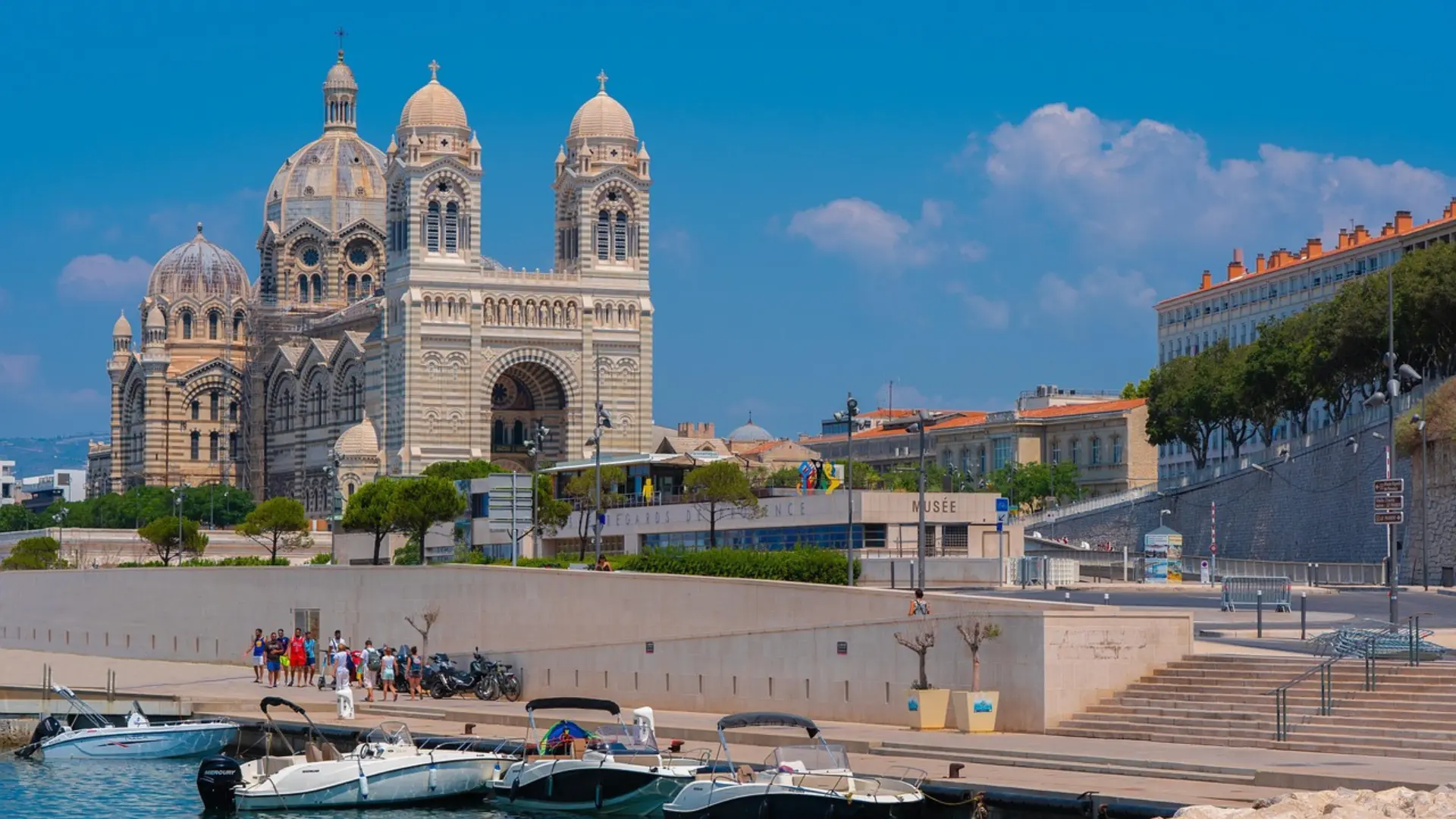

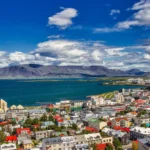
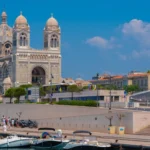

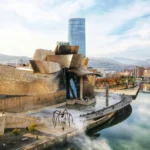
Leave a Reply